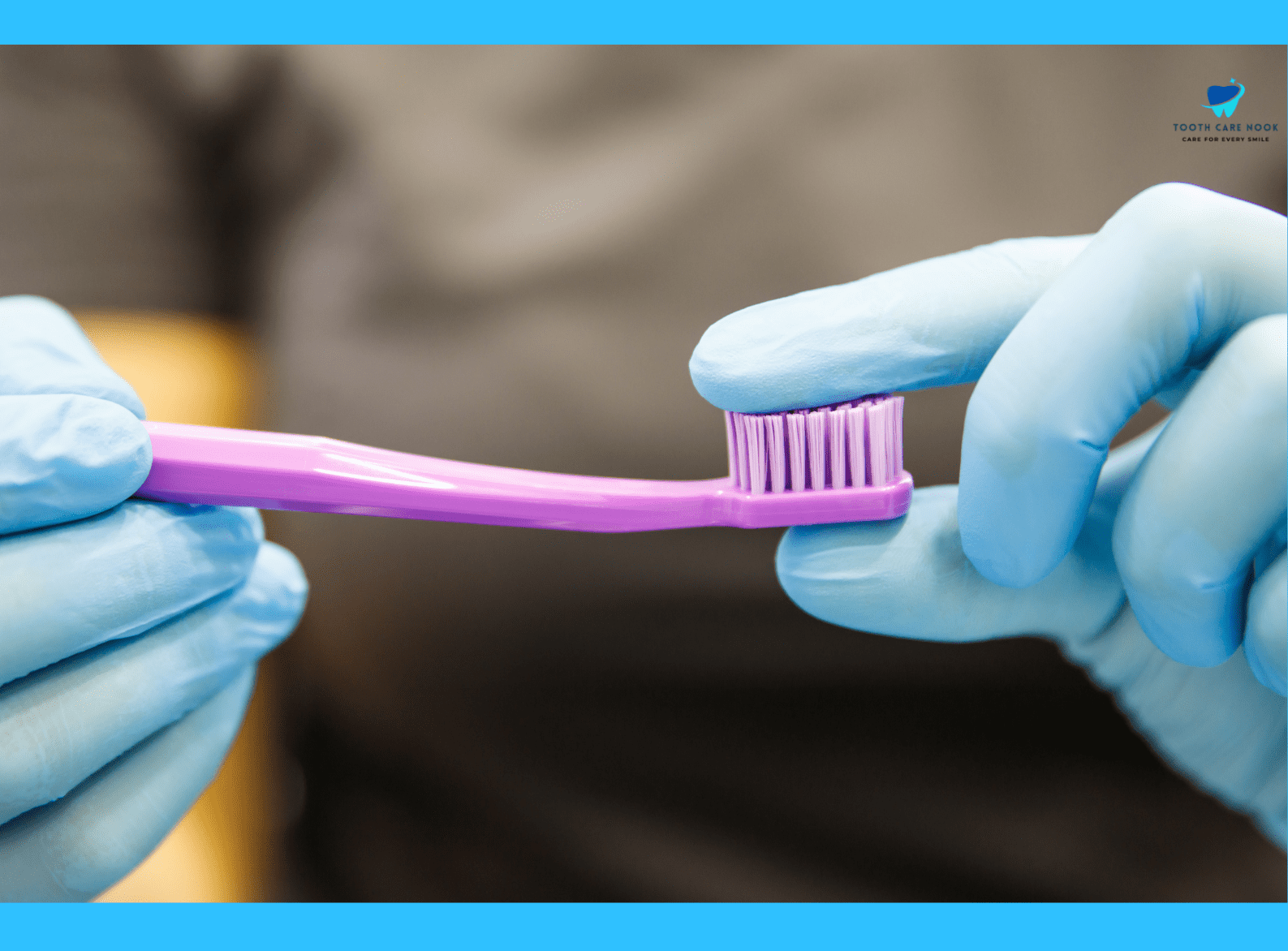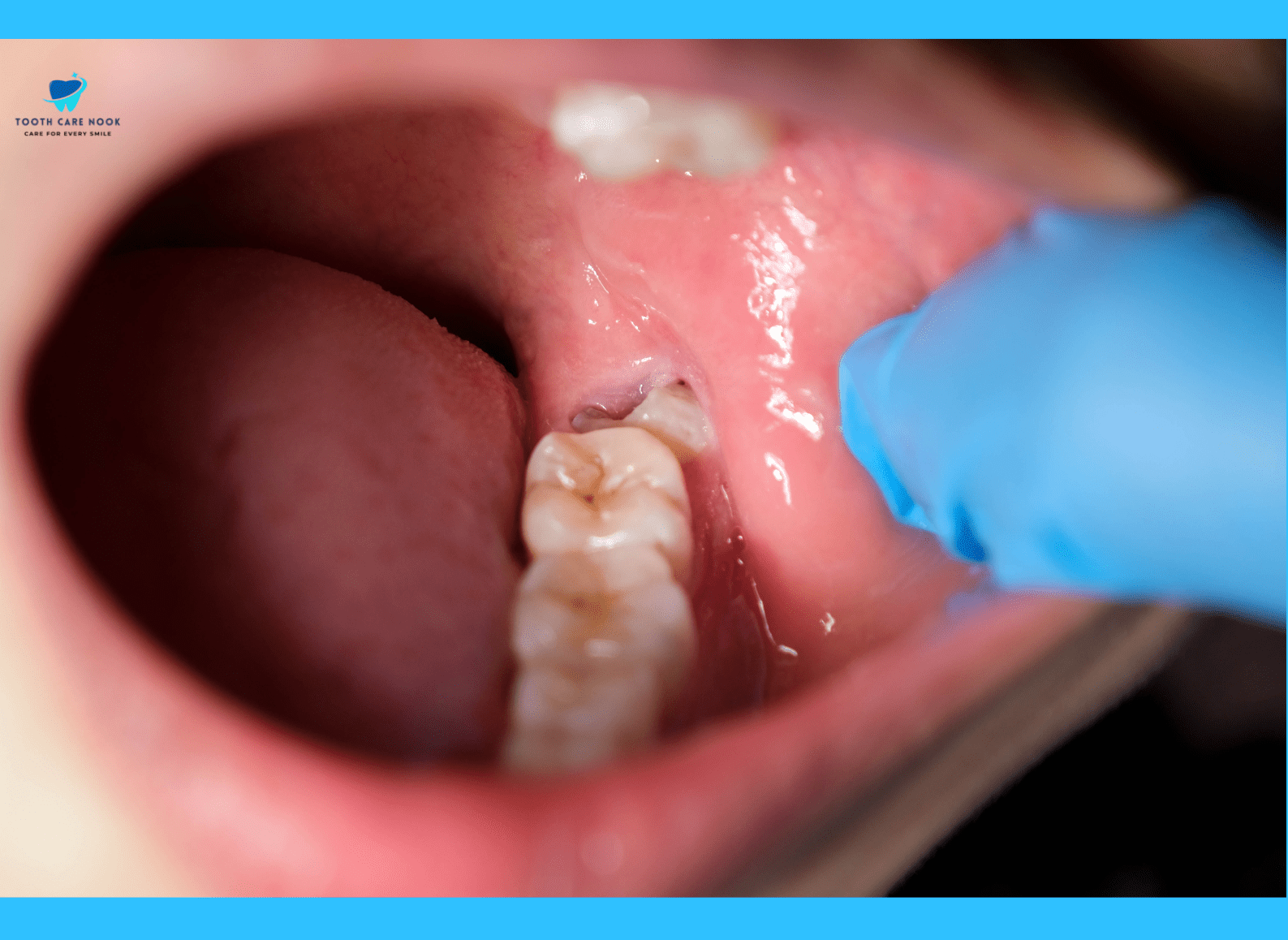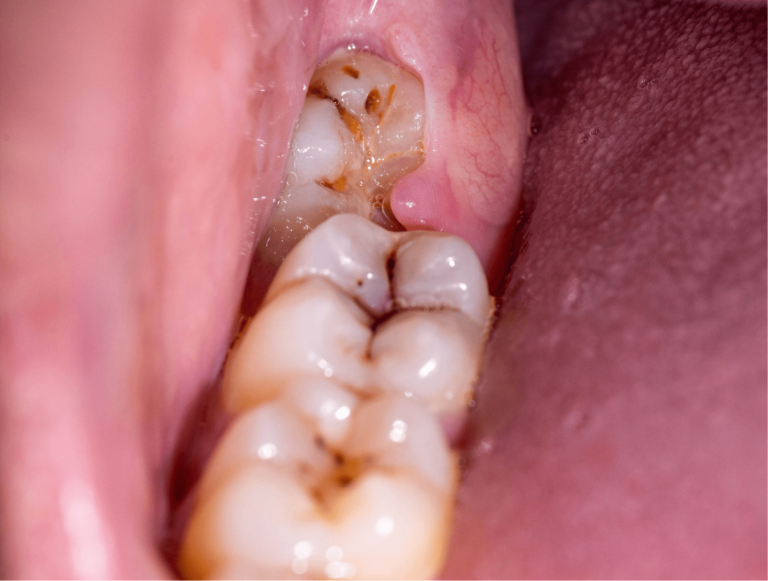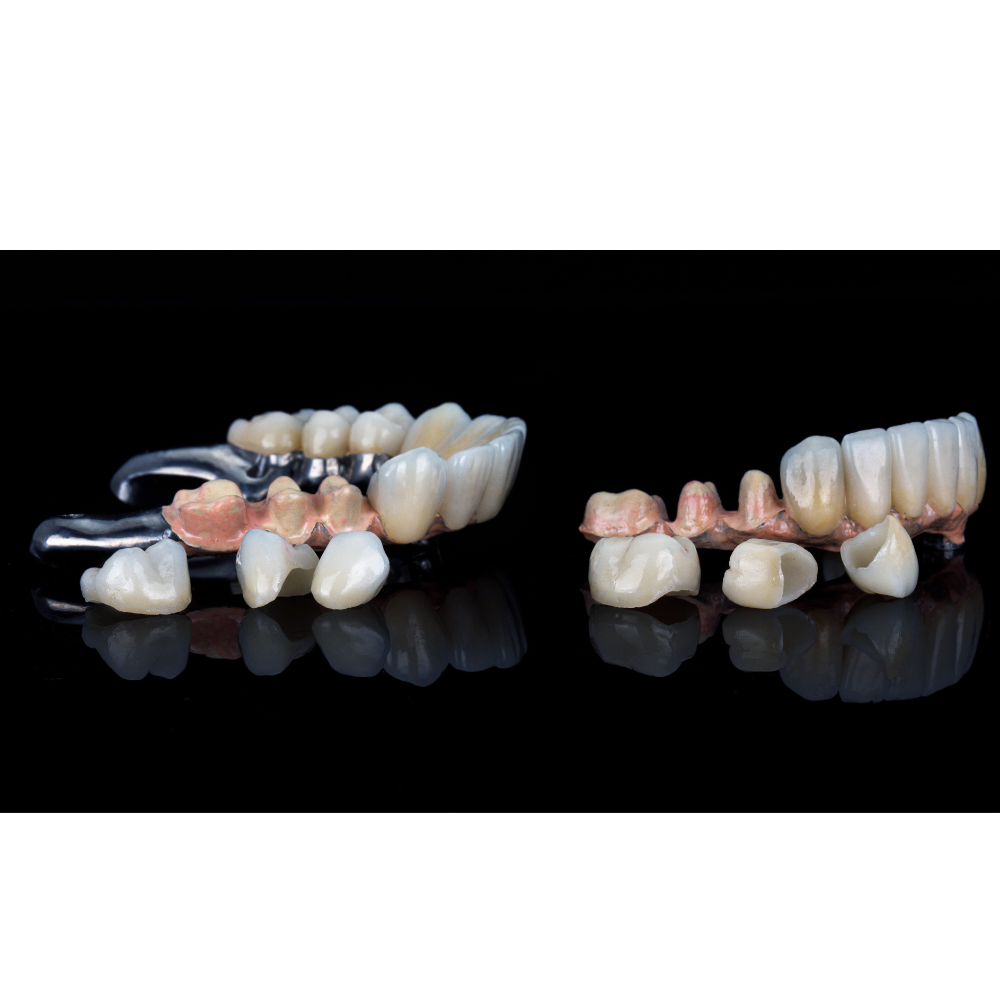How To Get Food Out Of Wisdom Tooth Hole? Process, Cleaning, And All
Dealing with food getting stuck in a wisdom tooth hole is a common and frustrating issue after extraction. Proper cleaning is very important to avoid discomfort and potential infections. Learning how to get food out of wisdom tooth holes is a must to maintain oral hygiene and ensure a smooth recovery process.
With the help of appropriate tools and methods, you can remove trapped food particles safely. Here we will talk about detailed steps and tips to help you manage and clean your wisdom tooth extraction site effectively.
How To Get Food Out Of Wisdom Tooth Hole?
It’s common for food particles to get trapped in the wisdom tooth hole after wisdom tooth extraction. Here are detailed steps to help you remove food safely and effectively:
Rinse with Saltwater
Rinsing with a warm saltwater solution is one of the most effective methods to remove food particles from a wisdom tooth hole. Mix half a teaspoon of salt into a cup of warm water and gently swish it around your mouth, focusing on the affected area. This can help dislodge trapped food while promoting healing and reducing the risk of infection.
Use a Syringe
Another helpful tool is an irrigation syringe, which can be obtained from your dentist or a pharmacy. Fill the syringe with warm salt water or an antibacterial mouthwash and gently squirt the solution into the wisdom tooth hole. This process can effectively flush out food particles without irritating them.
Soft-Bristled Toothbrush
Using a soft-bristled toothbrush can help clean around the extraction site. Carefully brush the area to remove any food particles without irritating the sensitive tissue. This method is gentle yet thorough, helping to maintain oral hygiene during the healing process.
Avoid Straws and Suction
It’s important to avoid using straws or engaging in activities that create suction in your mouth, such as smoking. Suction can dislodge the blood clot that forms in the wisdom tooth hole, leading to a painful condition known as dry socket. Instead, focus on gentle cleaning methods to keep the area free of debris.
Dental Floss
If food gets stuck between teeth near the extraction site, dental floss can help. Carefully use the floss to remove food particles, but be gentle to avoid disturbing the blood clot or irritating the gums. Proper flossing will help you maintain cleanliness without causing further issues.

When Can I Use My Waterpik After Wisdom Teeth Removal?
You should wait at least a week after wisdom teeth removal before using a Waterpik or any water flosser. Using these devices too soon can disrupt the healing process and potentially dislodge the blood clot formed at the extraction site, leading to a dry socket.
Once your dentist gives you the go-ahead, typically after your follow-up appointment, you can start using the Waterpik on a low setting. Make sure that you use it gently around the extraction site to avoid any disruption to the healing tissue.
Can I Use A Water Flosser After Wisdom Teeth Removal?
Similar to using a Waterpik, it is advised to wait at least a week after your wisdom teeth extraction before using any water flosser. Early use can increase the risk of disturbing the blood clot, leading to complications like dry sockets.
After the initial healing period and with your dentist’s approval, you can begin using a water flosser in a gentle setting to clean around the extraction site.
What If I Can’t Get Food Out Of Extraction Site?
If you cannot remove food particles from the extraction site. Start by gently rinsing your mouth with warm saltwater several times a day to help dislodge the food. If that doesn’t work, try using a syringe filled with warm water or an antibacterial mouthwash to flush out the debris.
Avoid using straws or creating suction in your mouth as this can disturb the healing process. You should contact your dentist if these methods fail and the food remains stuck. They can professionally clean the area and provide specific guidance to ensure the site heals properly and to prevent infection.
Risks Of Leaving Food Stuck In The Extraction Site
Leaving food stuck in the extraction site can lead to several risks and complications. One of the primary concerns is infection, as trapped food can serve as a breeding ground for bacteria. This can cause pain, and swelling, and potentially lead to an abscess, requiring further treatment.
Also, food particles left on the site can disrupt the healing process, increasing the risk of dry sockets. This can significantly prolong recovery and necessitate additional dental visits for treatment.
Do The Holes From Wisdom Teeth Close?
Yes, the holes left from wisdom teeth extractions do eventually close. The healing process varies from person to person, but it generally takes a few weeks to a few months for the extraction sites to fully close.
Initially, a blood clot forms in the socket, which is a must for the initial healing stage. Over time, the tissue regenerates and fills in the hole. The rate of healing can be influenced by factors such as age, overall health, oral hygiene, and adherence to post-operative care instructions provided by your dentist.

Will Food Stuck In Teeth Dissolve?
Food particles stuck between teeth or in an extraction site do not typically dissolve on their own. If food becomes lodged in a wisdom tooth hole or between teeth, it can lead to discomfort and potential complications if not properly addressed. Small food particles may break down over time with the help of saliva, but this process is not reliable for ensuring complete removal.
FAQs
What Is A Healthy Wisdom Tooth Hole?
A healthy wisdom tooth hole should show signs of healing such as the formation of a blood clot initially, which is essential for proper recovery. Over time, the hole should gradually fill with new tissue and eventually close. There should be minimal swelling, no signs of infection, and manageable pain that diminishes as the healing progresses.
Why Do Experts Now Say Not To Remove Your Wisdom Teeth?
Experts now recommend not removing wisdom teeth unless they are causing problems because unnecessary removal can lead to complications such as infections, nerve damage, and other surgical risks. Studies have shown that asymptomatic wisdom teeth that are healthy and fully erupted may not need to be extracted if they are not causing any issues.
Should I Fear Wisdom Teeth Removal?
No, you should not fear wisdom teeth removal as it’s normal to feel apprehensive about wisdom teeth removal, the procedure is generally safe and routine when performed by an experienced dental professional. Serious complications are rare and modern techniques and anesthesia make the process much more comfortable than in the past.
Why Is My Wisdom Tooth Hole Empty?
An empty wisdom tooth hole could indicate a condition known as a dry socket. This can expose underlying bones and nerves, causing significant pain and delaying the healing process. If you suspect you have a dry socket, must contact your dentist for appropriate treatment.
What Does A Dead Wisdom Tooth Look Like?
A dead wisdom tooth also referred to as a non-vital tooth may appear discolored turning a grayish or dark color. It might also be associated with symptoms such as pain, swelling, and infection in the surrounding gum tissue. A dead tooth often lacks blood flow which leads to these visible changes.



